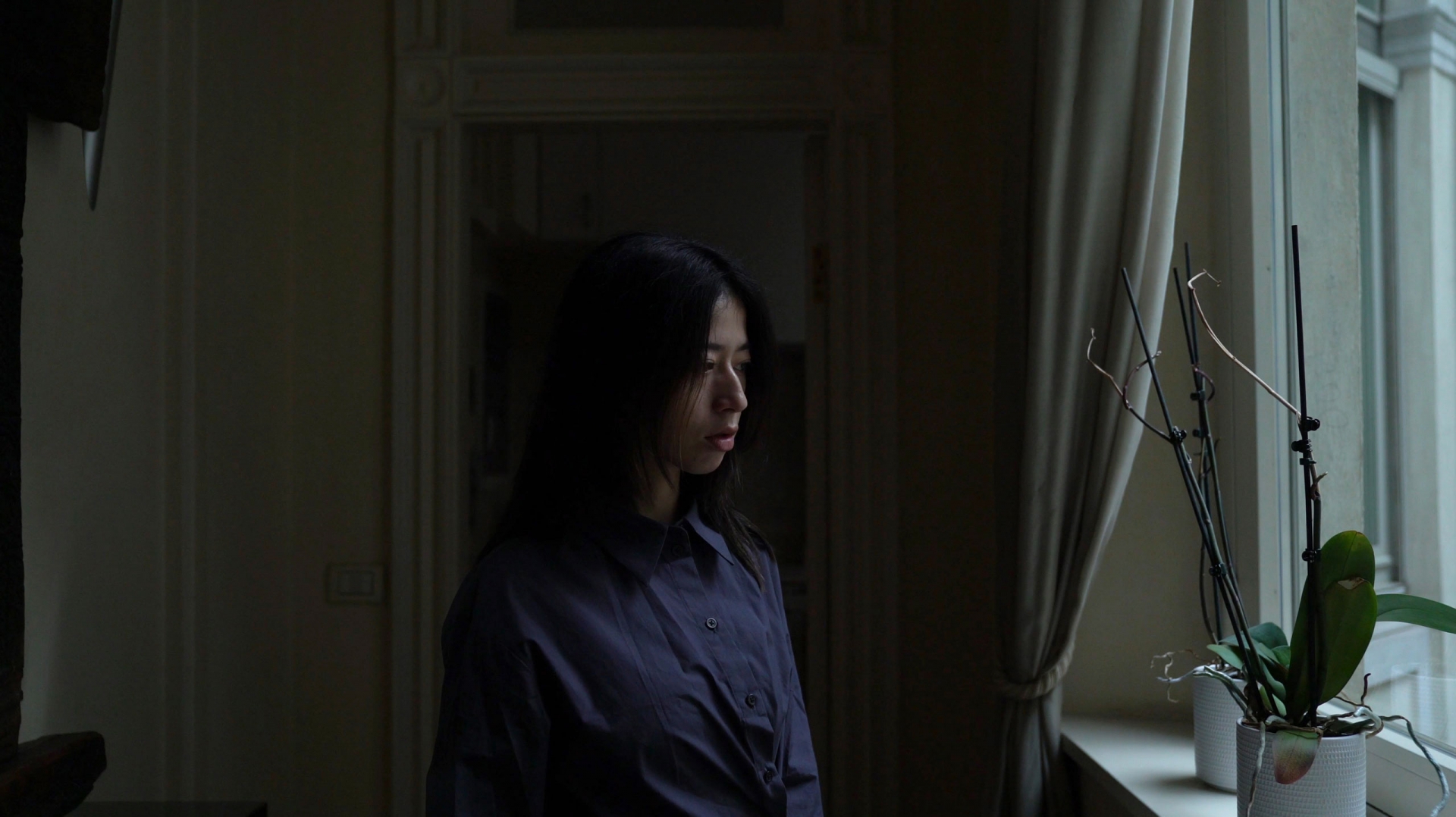Progetto Finite Rants di Fondazione Prada
Films
WEREVOLVES PLAYOFFS [4’.04’]
Satoshi Fujiwara, Alexander Kluge
OÙ EN ÊTES-VOUS? (NUMÉR0 2) [14’:25’’]
Betrand Bonello
UNTITLED (HUDSON YARDS) [7’:07’’]
Brady Corbet
RE-MESH [5’:49’’]
Christian Marazzi
CENSORSHIP SKIT 13’40” [2:05]
;’’´`~..__ :3
Eduardo Williams
BÉBÉ COLÈRE [13’:29’’]
Caroline Poggi, Jonathan Vinel
I’VE SEEN THIS BEFORE [10’:33’’]
Remember
SEASON ENDING (THE DAY OF FOREVER) [6’:41’’]
Shumon Basar
POINT ZERO [5’:28’’]
Alessia Gunawan
"Finite Rants" is a project by Fondazione Prada curated by Luigi Alberto Cippini and Niccolò Gravina. It consists of a series of visual essays produced in collaboration with filmmakers, artists, intellectuals, and scholars.
The project has been released on a monthly basis from June 2020 to July 2021 on the Fondazione’s website as well as on a dedicated YouTube channel. It is presented for the first time in its entirety theatrically on the occasion of the 57th Pesaro Film Festival.
The various authors involved include film director and writer Alexander Kluge, photographer Satoshi Fujiwara, director Bertrand Bonello, director and actor Brady Corbet, economist Christian Marazzi, director Eduardo Williams, directors Caroline Poggi and Jonathan Vinel, videomaker REMEMBER, writer and cultural critic Shumon Basar, photographer and videomaker Alessia Gunawan, and writer and academic Kate Crawford.
In "Finite Rants", the video essay is conceived as an experimental form of expression in which visual and acoustic materials generate a continuous variation of relations with different forms of thought. The objective is to foster conceptual expression by breaking the conventions of visual production and crossing film genres.
The visual essay was chosen since it is a format that has played a minor role in film history compared to other more established ones, and because of its hybrid nature and would-be form, which lends itself to experimentation. These heterogeneous works are characterized by an obscure and introspective imaginary as well as by a latent vehemence resulting in the urgency of a cinematic expression of short duration, as suggested by the project’s title.
During the first pandemic wave, it was crucial to avoid the loss of potential that occurs in the transition from the expression of an idea to its representation or virtual communication. Therefore, it is not a question of images at the service of a concept, nor of the attempt to translate a written text into a film form, but of experiments that directly invest the visual material while also facing the limitations of the online fruition that has preceded the natural theatrical destination.
The aim is also to question contemporary visual production at a moment when the film industry has been put on hold, and in a context in which most part of the images produced are documentary ones for purposes of disseminating information. Thus, production practices and communication strategies are reconfigured by introducing new emergency solutions and a new visual lexicon.
Taking advantage of the limitations due to the health emergency, the essays were developed in dialogue with the authors, who were challenged to work with sometimes rudimentary means, thus creating the conditions to break down the creative process to its minimum terms, but still without affecting the complexity of the results.
The aesthetic and theoretical roots of “Finite Rants” can be traced back to French director Chris Marker’s work La Jetée (1962): a dystopian, intimate, and theoretical film which expresses its distance from later narrative experimentations. It integrates science fiction and obscure psychological introspection into a hybrid form, removing all concepts of space and time. The authors of “Finite Rants” are therefore invited to confront themselves with a radical model of cinematic experimentation, a fragmentary and dispersive story made of a single short film sequence and a succession of static frames which questions the very idea of cinema.
"Finite Rants" does not find its principle of unity in a common theme, but in the sharing of an expressive sensibility that can take different forms. These contributions have tackled topics that are not usually addressed within museum institutions, either because they are difficult to translate into an exhibition project or because they are outside the horizon of the media agenda.
One further aim of the project is to allow authors who are not usually involved in film production to express themselves through images and film editing, thus generating the possibility of an alternative fruition of their work.
On a formal level, the choice of the visual essay was determined by the need to adopt a hybrid and illegitimate form, far from the current standards and consequently able to generate a kind of experimentation that embraces contents outside the official cinematographic circuits. The objective is also to foreshadow the processes capable of influencing contemporary image production, thus directly including the sources of inspiration for future standards of visual processing and trying to anticipate their imminent assimilation by the film industry. The hypothesis emerged is that these future sources of influence may disclose a barbaric and anti-academic nature.
ALL SCREENINGS ARE FREE WITH RESERVATION
BOOK YOUR TICKET

